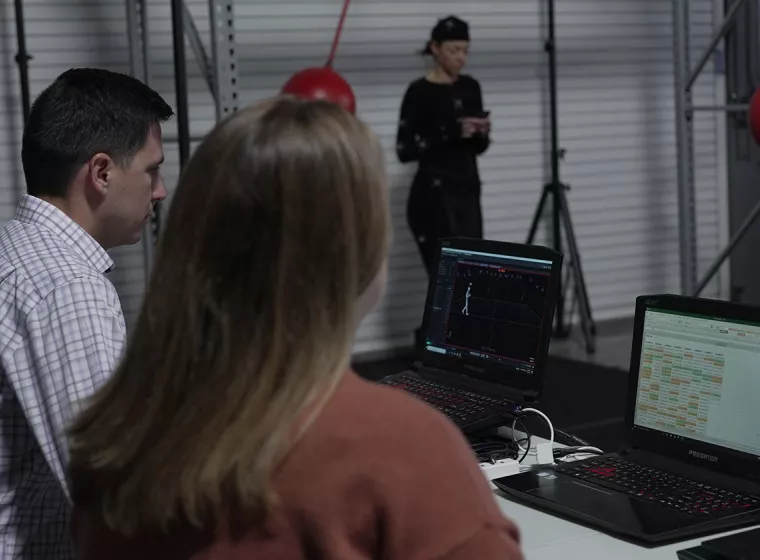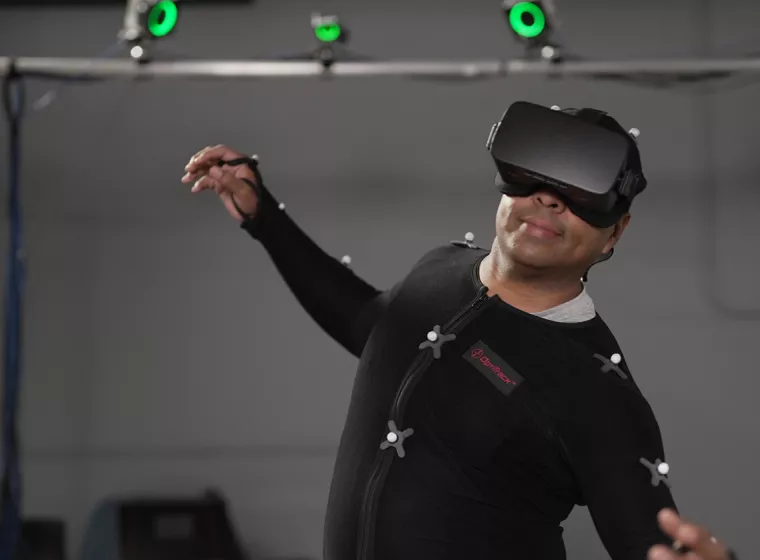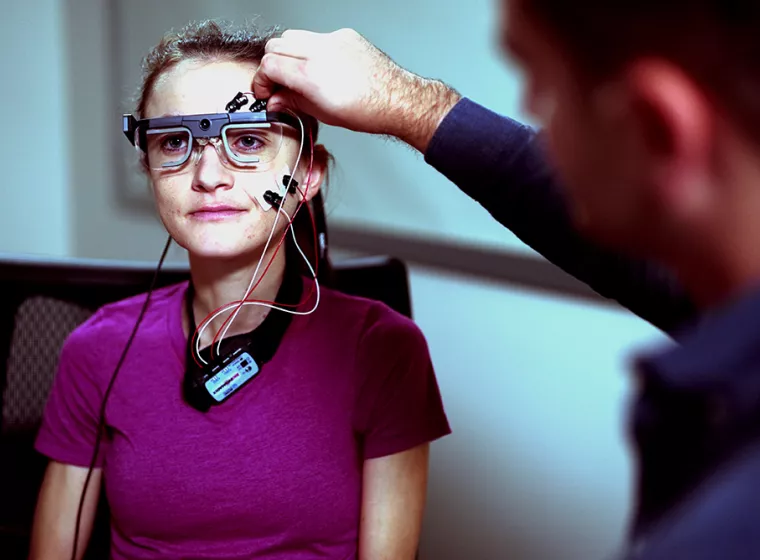January 5, 2024
What human factors can reveal about consumer decision-making and purchase behavior in class action certifications
Class action lawsuits are increasingly focused on issues of alleged misrepresentation based on consumer perception and understanding of myriad consumer products and services. Given the potential size of class actions, the consequences can scale quickly for product manufacturers facing reputational and monetary damages.
With so much at stake, the certification phase of a class action lawsuit — when the court determines whether the group allegedly affected is a class in the eyes of the law — has become increasingly important. Without certification, a lawsuit can be dismissed without moving on to the next phase: examining the merits of the claims.
For example, in KIND LLC "Healthy & All Nat." Litig, 15-MD-2645, 2022 U.S. Dist. LEXIS 163207 (S.D.N.Y. Sept. 9, 2022), the plaintiffs who purchased KIND products alleged the product's label, "All Natural/Non GMO," was deceptive. Yet plaintiffs' interpretations of the phrase "All Natural" ranged from products "made from whole nuts, fruits, and whole grains" to products made with "ingredients [that] were not synthetic, not chemicals, [but were] natural ingredients" to products "pull[ed] out of the Earth' or 'dirt,' or 'untouched.'"
Based on this testimony, the Southern District of New York declined to certify the class, finding the interpretations were so varied that "common questions no longer predominated." In other words, the complaints were not similar enough to justify combining them into one lawsuit.
As this case shows, claims of misrepresentation in marketing and product labeling can benefit from human factors analysis of consumer understanding, decision-making, and purchase behavior, all of which can affect whether a group in a class action lawsuit is found to be a class or not. Analyzing misrepresentation issues using human factors techniques can help clarify consumer decision-making and behavior in class action lawsuits, which can affect any imaginable product, from a financial offering to vehicles, cosmetics, food and beverages, and medical devices.

What's makes consumers a class in a class action lawsuit?
Before examining the merits of class action claims, courts require class certification according to four components under Fed. R. Civ. P. 23(a): numerosity, commonality, typicality, and adequacy of representation.
Commonality and typicality are central to determining the homogeneity and representativeness of the group of people allegedly affected by (alleged) misrepresentations about a product or service. For commonality, questions of law or fact need to be common to everyone in the class seeking certification. For typicality, stakeholders must show how well the grievances of the proposed class are represented by and reflected in those individuals who seek to represent the entirety of the class as plaintiffs.
In misrepresentation claims, the allegation is often that a group of people form a class because they purchased a product for the same specific reason, and if the product manufacturer had disclosed the "truth" about some value-reducing characteristic of the product, the class would not have purchased or leased the product. Take, for example, the label of a hypothetical juice product that describes its contents as "naturally sweetened," but the item turns out to be made with processed sugar (sucrose).
In this example, one group of purchasers might have read the label and bought the juice because they believed it was sweetened by fruit sugars (fructose). Had the misunderstanding been addressed by the label (i.e., that the juice was not sweetened exclusively with fructose), some consumers would not have bought it (i.e., they would have uniformly behaved in a different way). This group might be considered a class.
In contrast, some consumers may not be considered part of the same class if they read the label and bought the juice because they have been buying that brand for 20 years and would not have changed their purchase decision even if they knew the "truth" about the sweetener used in the product.
With the potential for class action lawsuits to expand to hundreds of thousands of people who all saw the same digital ad, testing what actual users experience is increasingly important.
Determining commonality and typicality can be challenging because consumer purchase behavior is complex and motivated by many factors, including demographics, economics, cultural influences, timing, and past behavior (even that of prior generations of buyers). Purchase decisions vary widely because consumers pay attention to different sources of information, process that information differently, and apply different situational contexts, from past purchase behavior to varying financial circumstances, to the availability of alternatives, to the acute need for a given product.
Factoring in human factors
Human factors methodologies can illuminate consumer decision-making and purchase, lease, or subscription behavior during the certification phase of a class action by answering questions about the materiality of the representations to the purchase, prior experience and familiarity, brand loyalty, the presence of alternatives during decision-making, and potential costs associated with tradeoffs.
A human factors approach can provide a better understanding of consumer purchase motivations in product labeling and marketing misrepresentation claims through surveys, deposition/case review, scientific literature analysis, expert testimony, report writing, and novel data collection. Data collection can include customized methods such as presenting representative samples of labels or advertisements to participants and documenting information that is relevant to the class action using "covert" methods such as eye tracking, which records what participants look at and how much time they spend looking at those sources. User experience testing can also put data collected from surveys and case and literature reviews to the test in a lab environment that offers product-user testing tools.
Surveys and novel human factors data collection tools in real life
Exponent recently put the value of a well-constructed survey and novel human factors data collection tools — including replicating consumer targeting — to the test in a case involving an insurance carrier. Plaintiffs alleged that the carrier's print and email marketing ads were deceptive because they gave consumers an inaccurate understanding of what the product did.
Knowing the type of consumers targeted by the insurance company, we designed and conducted a survey to target consumers who had not bought the policy by presenting mock ads to would-be purchasers. We learned that the group of potential consumers uniformly misunderstood what the product did; consumers who were exposed to this marketing material believed it was an investment vehicle when, in reality, it was a policy that only paid for funeral expenses.
A Scientific Approach to UX
The evolving role of online marketplaces and user testing in digital misrepresentation
Digital marketing can reach many more consumers faster than print. With the potential for class action lawsuits to expand to hundreds of thousands of people who all saw the same digital ad, testing what actual users experience is increasingly important.
To this end, through an experimental study, we provided one of our clients with a customized approach to test what actual users experienced online. Our client asked us to analyze a pop-up banner disclaimer and evaluate the allegation that the disclaimer was not sufficiently conspicuous.
Because the website no longer existed by the time the case was litigated, we reconstructed the website from archival screen captures with an identical banner disclaimer and identical functionality, to the extent that it was relevant to the allegations in the case. Using eye tracking, we observed that most potential consumers did look at the banner, which is information that could be used to certify or decertify a class.
Whether trying to certify or decertify a group of people as a class, stakeholders can turn to human factors expertise to analyze essential features of consumer decision-making and purchase behavior. Human factors experts can help illuminate the homogeneity and representativeness of members of a proposed class by analyzing how they perceive, understand, and interact with products and ads, using eye tracking and other tools for virtual platforms, which are more interactive than print forums.
What Can We Help You Solve?
Exponent's human factors scientists leverage expertise in human cognition, perception, behavior, and information processing to generate key insights about consumer purchase motivation and the science behind the decision-making process.

Improve User Research & Testing
Human factors investigations for data-driven product and process design decisions.

Human Factors Risk Assessments
Assess human factors risks for consumer products, industrial equipment, processes, and more.

Risk Communication: Warnings & Safety Information
Safety warning development based on scientific risk evaluation and clear communication strategies.

Product Design & Safety
Human factors and risk analyses to help clients improve designs for a range of products.

Accident Investigation & Reconstruction: Human Factors
Multidisciplinary accident reconstruction to identify root causes, reduce risk, and improve safety.

Biosensor Integration & Biosignal Processing for UX Research
Leverage valuable psychophysiological and biosignal user data to enhance product design.



